Stone alleys and alleys, shale houses and a source of fresh water. Beautiful and charming! They are thus the most picturesque villages in Portugal. Discover some of them.
From the north to the south of the country, the villages of Portugal are real wonders to discover. They can be made of shale, granite or lime, but the charm they transmit is always the same. Here still lies the true Portuguese soul. It is in the most picturesque villages in Portugal that our most true and genuine traditions are still maintained.
Visiting these villages is an authentic trip to the past, a return to the origins. Most of them have been the subject of careful renovations to their homes. Where there were once abandoned stone houses, today there is rural tourism waiting for you, so that you can discover for yourself the best of our villages.
The most picturesque villages in Portugal are waiting for your visit. Take the opportunity to walk around its alleys and alleys, drink water from its sources and taste its local cuisine. We are sure that, after visiting them, you will feel that you have discovered a Portugal that you thought did not exist.
1. Talasnal
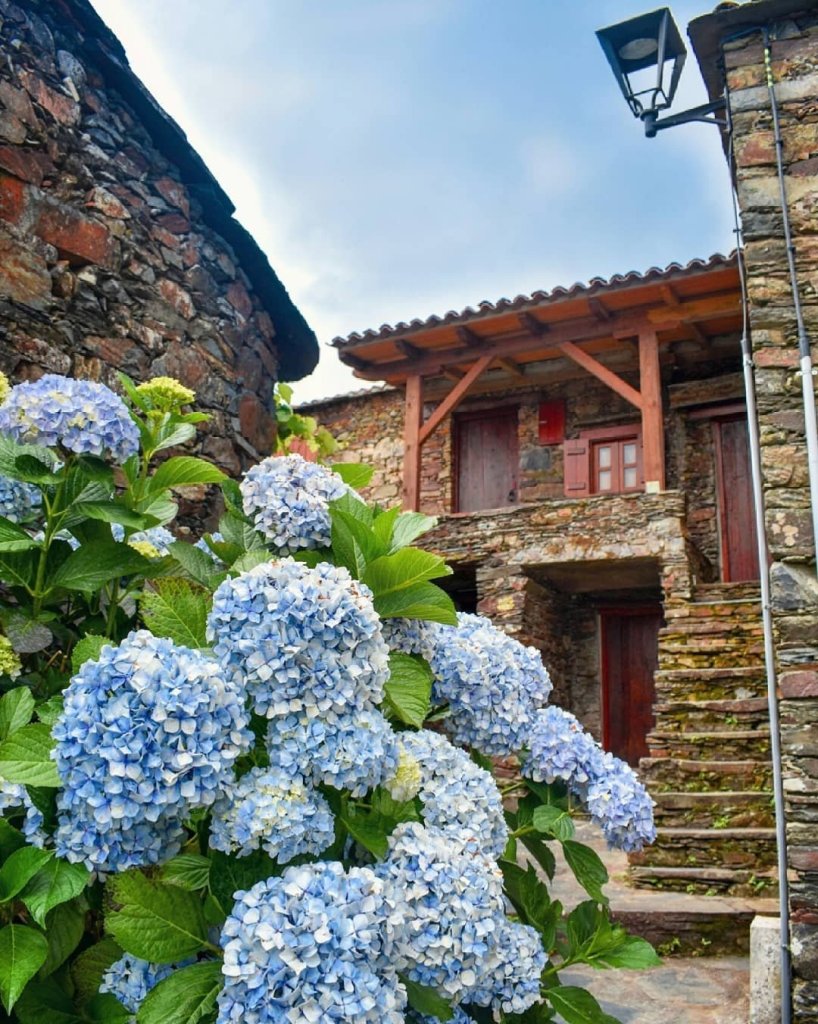
It is one of the most beautiful and famous schist villages in the Serra da Lousã. Talasnal captivates by the layout of their homes and also by the many ongoing recovery projects that are slowly beginning to breathe new life into a village that was once almost abandoned.
A fountain, a pond and the vines that decorate the houses and provide shade to those who visit are some of the most captivating details of this village. But the best of all is to really live the experience of spending a few days of peace, in communion with the surrounding nature.
Deer, roe deer, wild boar and many other species: there are many charms of the forest that surrounds Talasnal. And if this little paradise is not enough, try exploring the surroundings: Candal, Catarredor, Cerdeira … there are many shale villages to discover in Lousã.
2. Piódão
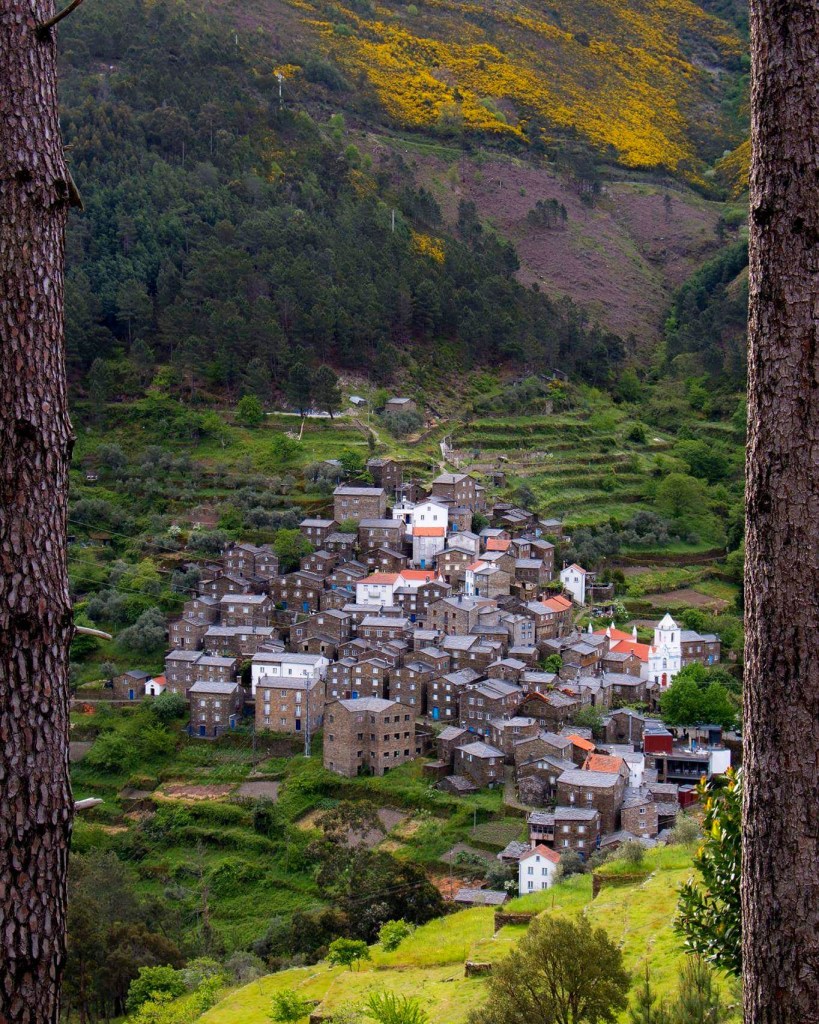
It is another one of the most beautiful villages in Portugal and you can hardly find another one like it in the country. Piódão is classified as a Historic Village but it is also a shale village. It belongs to the municipality of Arganil and lies on the slopes of Serra do Açor. It is perhaps one of the most famous Portuguese villages.
Getting to Piódão means wandering the winding roads of the mountains, but the visit is well worth it. Its schist houses arranged along the hillside give it the nickname “village crib”.
Stroll through its winding streets, discover its blue-painted windows and its church that looks like no other in Portugal. At the end, stop at one of the terraces of one of the restaurants in the village and enjoy a good local snack. If you still have the strength and desire to discover more in the surroundings, take the route to the village of Foz d’Égua or visit the stunning Mata da Margaraça and Fraga da Pena.
3. Sortelha

Medieval border town, Sortelha is today on the list of Historic Villages of Portugal with all the merit. It is, perhaps, the best preserved medieval village in Portugal and also one of the most beautiful. The village is located within the circular walls of the castle and its location was crucial in the defense of the country.
Strolling through the streets of the village is going back to the past. Almost everything here is still the same as the medieval times of the 13th century, when its castle was built. The streets and houses, all made of granite, are recovered and many of them can be rented for rural tourism.
The village also has cafes and restaurants where you can enjoy the local cuisine. Visiting Sortelha does not require a lot of time and, therefore, you can take the opportunity to get to know the surroundings. Take a jump to Sabugal (county seat) and discover its castle, one of the most beautiful in Portugal.
4. Sistelo
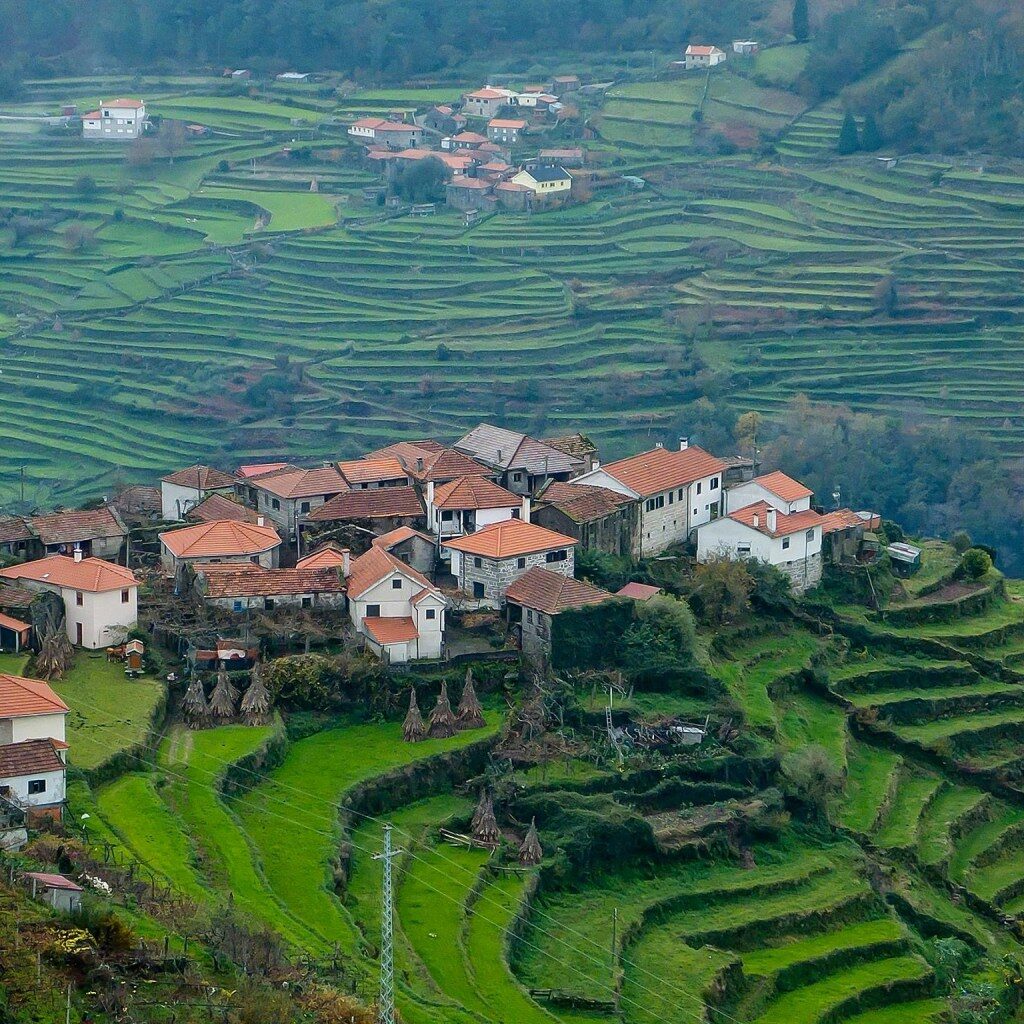
And suddenly … Portugal discovered Sistelo! The village spent decades in anonymity and the “Portuguese Tibet” slogan was enough to draw attention. An unfair slogan, however, since Sistelo is much more than terraces in the mountains.
But it is the terraces that jump out first, of course. Not only in Sistelo, but in the entire surrounding area. As soon as you enter this region, the landscape changes and dazzles those who pass by. After all … few places are so good examples of the communion between humans and the surrounding landscape.
The village is worth a visit and has its main attraction in its castle (in reality, the castle is a small palace from the 19th century where the Viscount of Sistelo lived. But the best way to explore the region is to walk the famous walkways that lead to the village or by the Brandas do Sistelo trail.
5. Monsanto
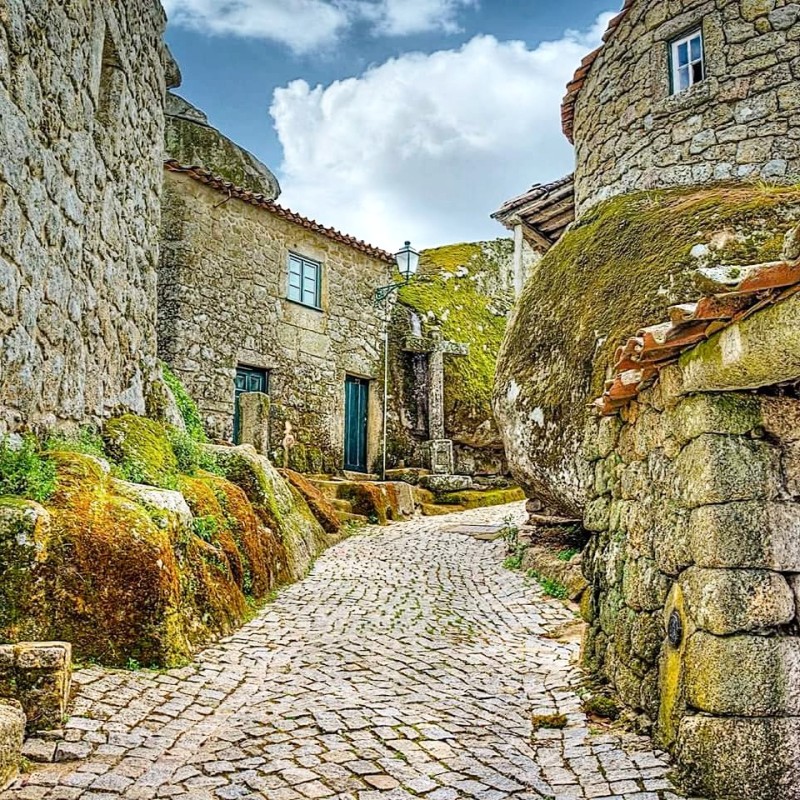
They call it the “most Portuguese village in Portugal”. Whether it is reality or just a tourist slogan, the truth is that it is well worth getting to know the beautiful village of Monsanto. In recent years, it has attracted more and more national and foreign tourists and it is not by chance.
Its houses were built in communion with the nature that surrounds it. I mean… in communion with the huge rocks that abound here. The huge boulders serve as a wall for many houses and, in some cases, also serve as a roof. The charm of this village is indisputable. Wild and beautiful at the same time, it reminds us that man’s motivation and ingenuity can very well dominate the surrounding landscape without damaging it.
Take the opportunity to enjoy the typical gastronomy of the region (you will need it after spending your energy walking through the village). You can sleep in one of its rural tourism houses and, the next day, head to other stops in the vicinity: Penha Garcia, Sortelha and Sabugal are great options to extend your tour.
6. Montesinho
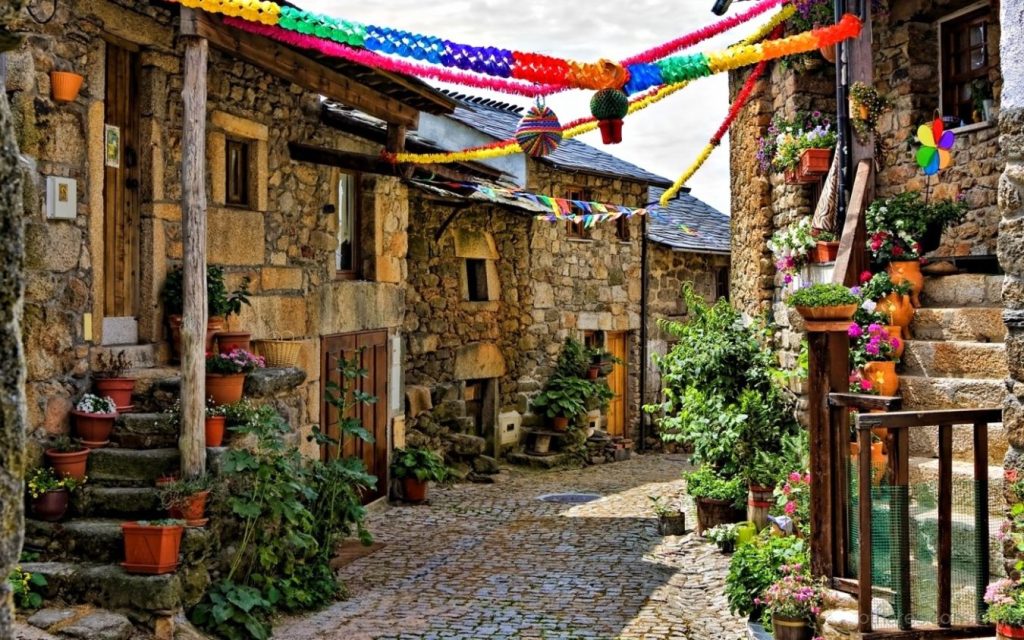
The small village of Montesinho is inserted in the natural park with the same name. It is a typical Trás-os-Montes village and one of the most beautiful in the North of Portugal. Their typical houses were being restored for tourism and today it is possible to make this village the center for exploring the region.
Explore the village by walking through its cobbled (and very well-kept) streets. Discover its small church and the museum installed in a typical house in Trás-os-Montes. Be sure to also try the fabulous local cuisine.
And also venture across the region, taking the Montesinho walking route. There are 10 kilometers that start in this village and pass through two others in the region: France and Portelo. Be dazzled by the green of the pastures and the woods and don’t be surprised if you suddenly come across a deer or an Iberian wolf!
7. Casal de São Simão
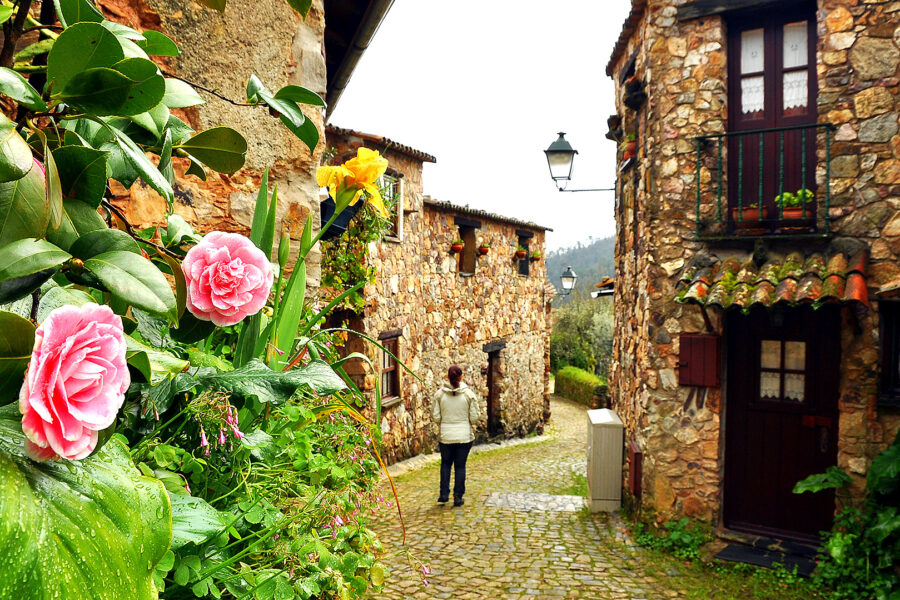
A village with only one street. A fountain that delights with the bubbling of its waters. A path that takes us to Fragas de São Simão, where we can take a dip. So is the small but charming village of Casal de São Simão, in Figueiró dos Vinhos.
This is another village that, in recent years, has taken on a new life. Some of its former residents went to work and restored their shale houses. There is also a restaurant where you can enjoy the typical dishes of the region and a small shop.
If it’s hot, take your swimsuit and take a walk to Fragas de São Simão. The effort is well worth it. But take snacks and sunscreen!
8. Linhares da Beira
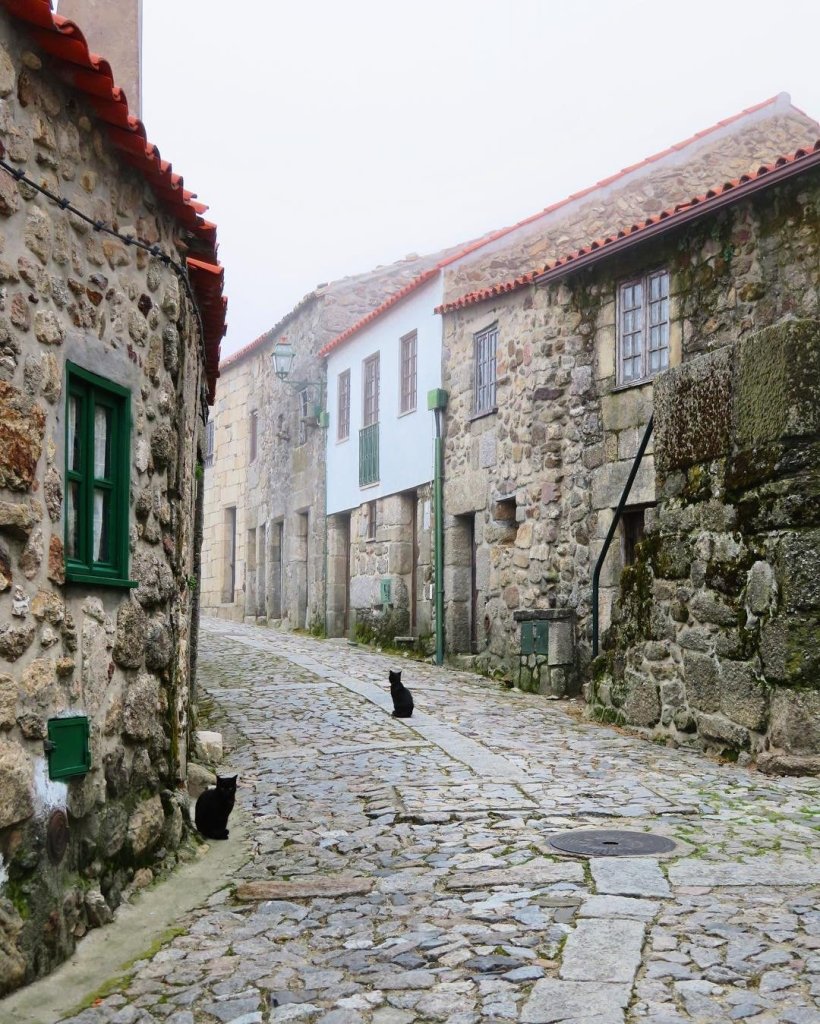
Located on the western slope of the Serra da Estrela, Linhares da Beira originated in a Lusitanian castro, with the fact that the Montes Hermínios (the Lusitanian name of the Serra) is known as one of the places inhabited by the Lusitanians, due to their pastures, abundance of water and the mountainous environment that offered protection. The name Linhares originated from linen, which was once one of the most important cultures in the region.
The harmonious urban complex of the village, where simple granite houses coexist with manors of ancient nobility, is an authentic sight for the view. A closer look will reveal several 19th century windows. XVI. The parish church, with a Romanesque tassel (but rebuilt in the 17th century) is home to three valuable planks attributed to the Portuguese Master Vasco Fernandes (Grão Vasco), so it is worth a visit.
In addition to the church, you can visit a unique example of a medieval forum, with a rustic raised platform on a bench around a stone table. Here community decisions were announced to the population, and it is here that you can see the weapons of the old village. Also noteworthy is a 16th-century pillory in granite, topped by the armillary sphere.
9. Candal
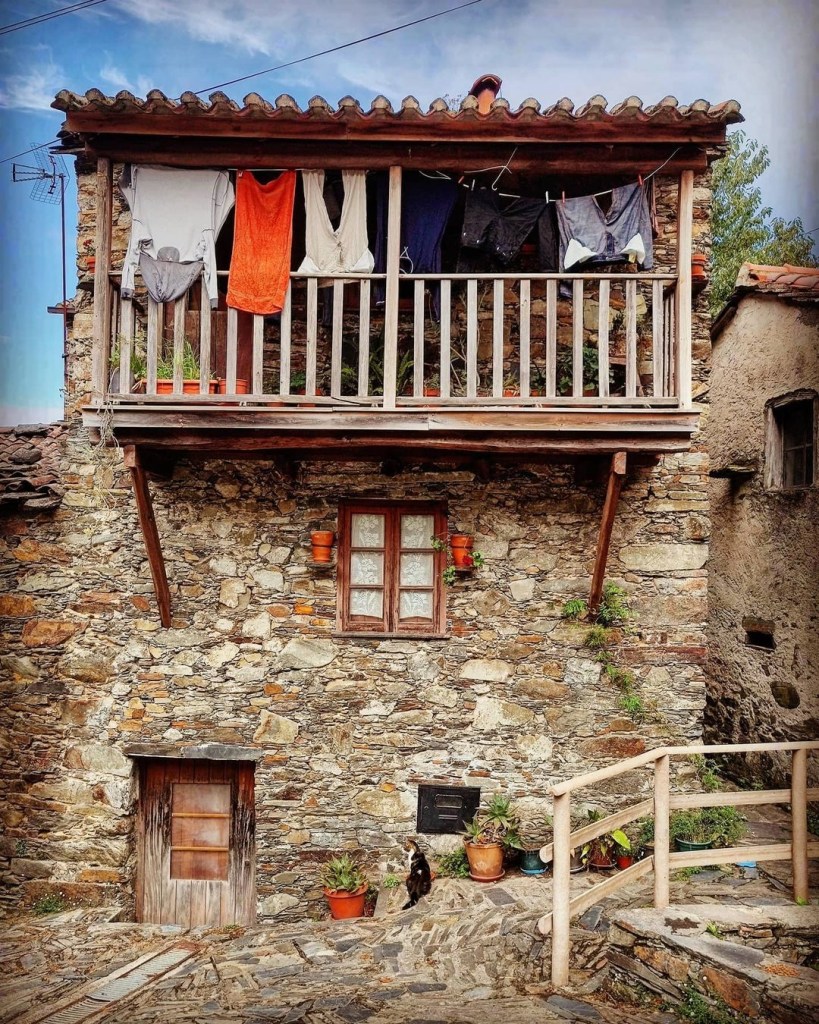
Nestled on a hillside in the Serra da Lousã and on the banks of the Ribeira de São João, Candal is one of the shale villages in the region that receives the most visitors. The reason is simple: it is well served by access, being right next to the national road that connects Lousã to Castanheira de Pera.
The village fountain invites you to start your tour of Candal, from the bottom up, to the viewpoint. The oil mill, the water mills, the dam and the old primary school are other attractions. Up there, at the viewpoint, the view makes us forget the effort of the climb.
As it could not be otherwise, the streets are paved in schist, steep, winding and labyrinthine. Let them also be the greatest charm of this village. For this very reason, lose yourself walking through them calmly, enjoying every little detail. Don’t leave without sampling the local cuisine. And when you go, follow the same road to the famous Trevim swing.
10. Soajo
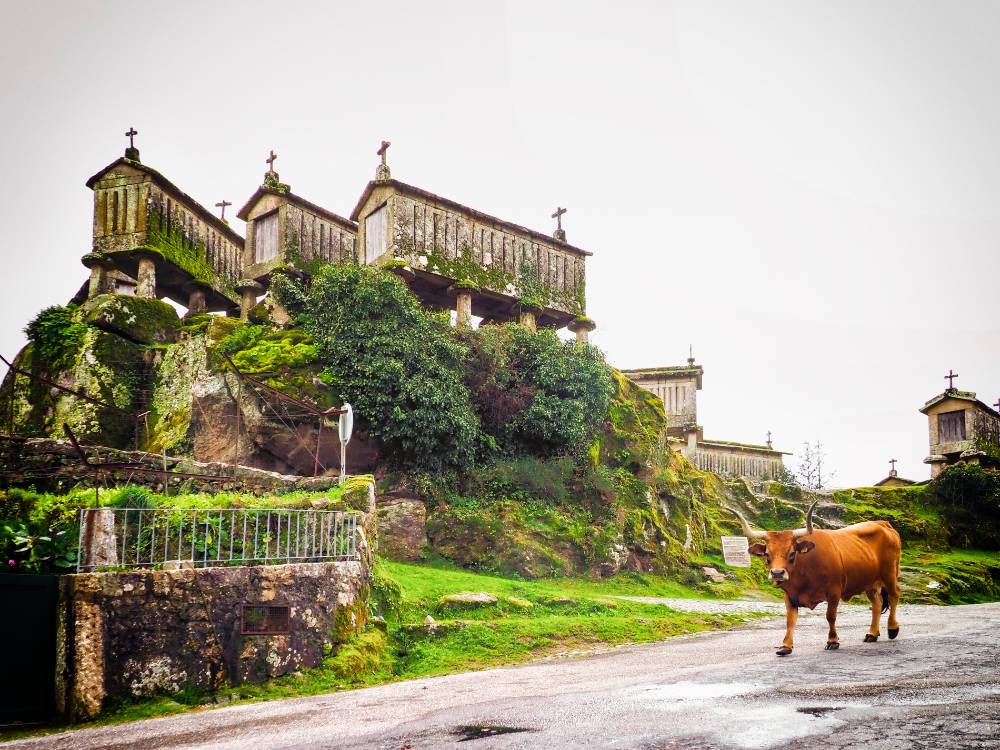
It is one of the most pleasant surprises in Gerês. This typical village has been recovered at a good pace in recent years. More and more people are recovering the houses they own in this village and transforming them into second homes or rural tourism.
The village of Soajo is also known for its granaries, as well as Lindoso. But don’t stop there: venture into the countryside and discover a village of narrow, winding streets and alleys, lined with old granite houses. The ride is sublime.
Also noteworthy is its small central square, Largo do Eiró, with its peculiar pillory. And in the surroundings you can find the almost secret Poço Negro, a place where you can enjoy a refreshing bath on hot summer days.
@ vortexmag


